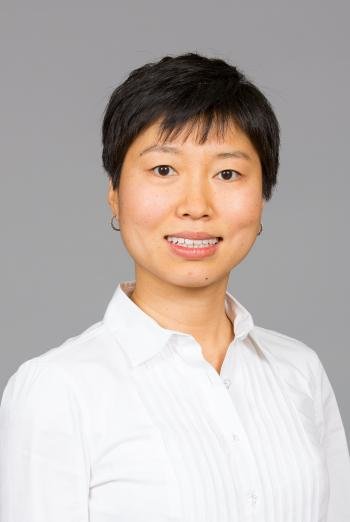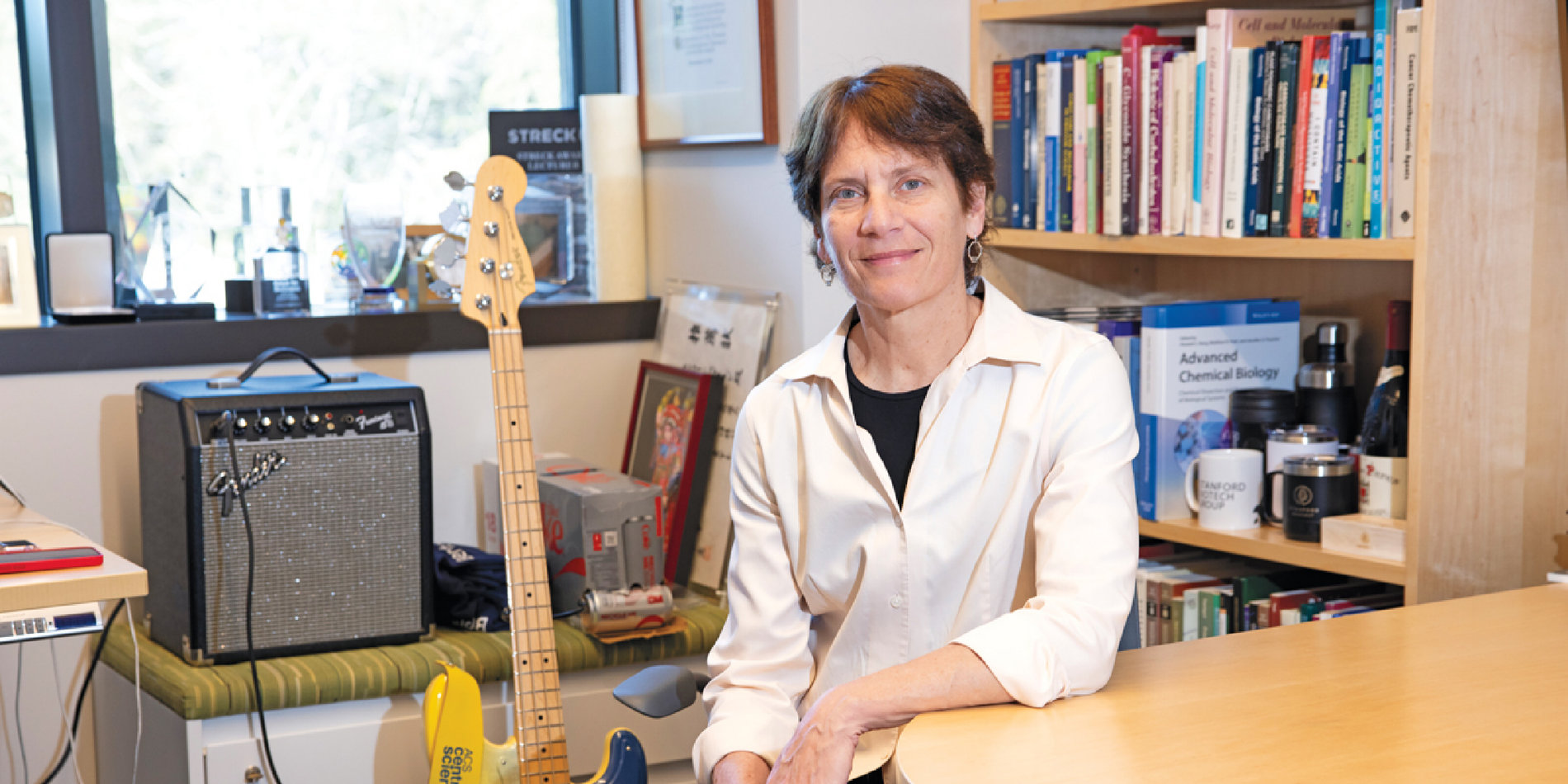Pursuing the innate immune system with Lingyin Li
Lingyin Li, an assistant professor of biochemistry joined ChEM-H in 2015 after completing her PhD in chemistry from the University of Wisconsin and her post-doctoral work at Harvard Medical School. Her work on the “innate” immune system has the potential to create new drugs to combat cancer and auto-immune diseases.

What attracted you to join ChEM-H?
The multi-disciplinary nature of the ChEM-H program drew my attention. Nowadays, we live in an age where boundaries of discipline are getting blurrier if not disappearing altogether. ChEM-H gave me an opportunity to focus on what excites me in science without having to define myself in the confinement of a discipline. I have a background in both chemistry and biology, but I don’t need to limit myself to either.
What is the main focus of your research group?
We focus on the “innate” immune system as opposed to the “adaptive” immune system. The adaptive immune system is related to how the human body defends itself when exposed to microorganisms; hence, it can be vastly different between people. Those who live in Africa, for example, have a very dissimilar adaptive immune system compared to people living in South America. In contrast, the innate immune system is something we are born with that is agnostic to the environment.
How much of the innate immune system is currently understood?
The innate immune system acts as our first line of defense. We have around 30 receptors in each cell that act as gate keepers. Foreign species, such as a bacterium or a virus, invading our cells trigger the receptors; in turn leading to the innate immune system to respond with a defense mechanism. However, much of the details of this process remain open research questions.
Why did you decide to focus on the innate immune system?
The innate immune system takes place at the intersection of immunology and biology, neither completely in the pure tradition of either discipline. It is a perfect problem to be tackled by ChEM-H. Once scientists shed light detailing the basic mechanism behind the innate immune system behavior, it would open doors to many possible applications. For example, in auto-immune diseases, our cells misread signals as harmful when in fact they are harmless, thus leading the body to make a response when none is needed. We can prevent this miscommunication by understanding the innate immune system.
How do you envision the future of this field?
Understanding how our cells work at the molecular level will help scientists to design chemical molecules for specific tasks. We could for example design molecules to selectively activate the innate immune system to fight cancer cells. This research area is a chemist’s playground.
Did you have female role models growing up that motivated you to be in STEM?
I realized the importance of having a female role model from an early age. I drew inspiration from many people in my family, especially from my mom, who nurtured my love for math and science. My dad, who worked as an engineer, had a demanding job that required travelling quite often. My mom, an accountant, had to balance her work while taking care of me. It taught me a lot about being a professional and a mother, something I am applying nowadays with my daughter. But being a working female is not foreign in our family. My grandmother was an award-winning teacher. Having role models and family support motivated me to envision myself in any field, including STEM fields.
How can you quantify the impact of your research?
Our goal is to impact human health, whether directly through designing certain drugs, or indirectly by developing fundamental science that is then used by others to develop the drug. If the result is accessible to households, then we are making an impact.



